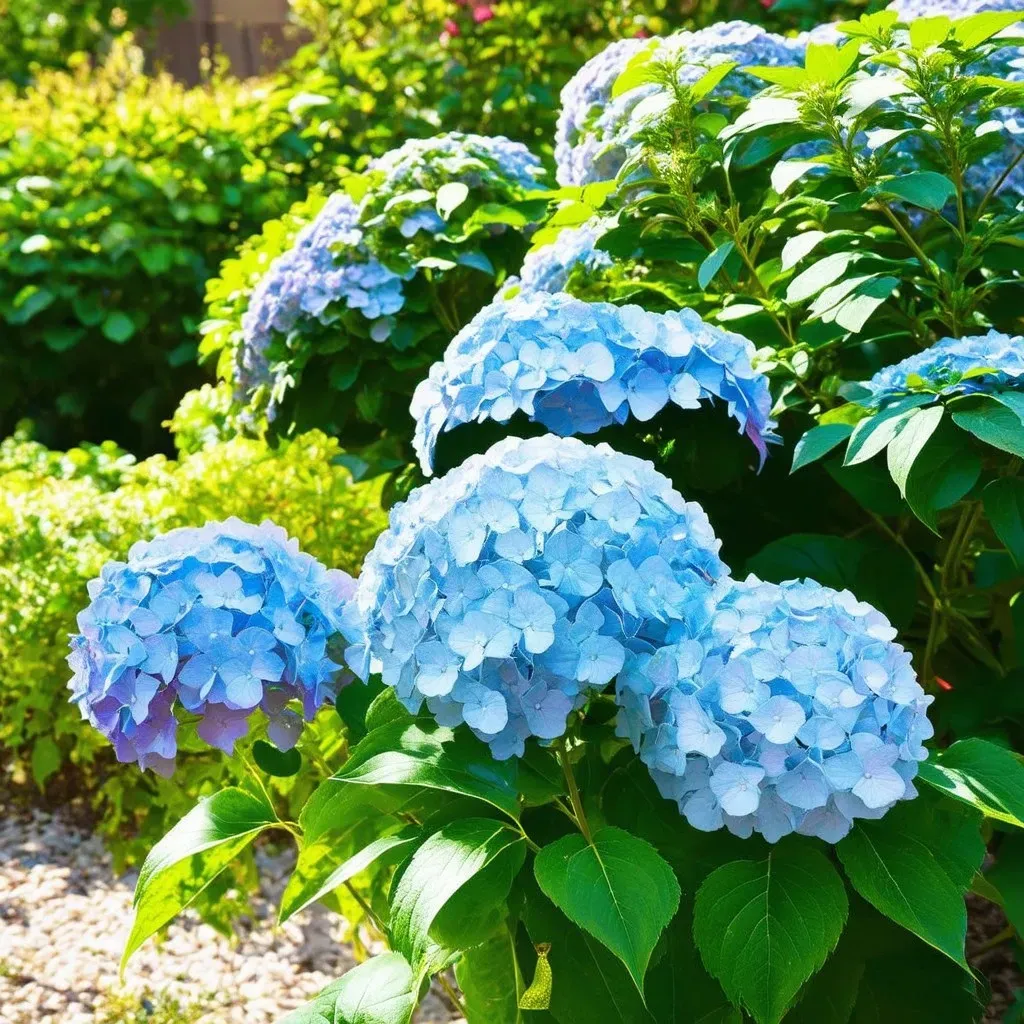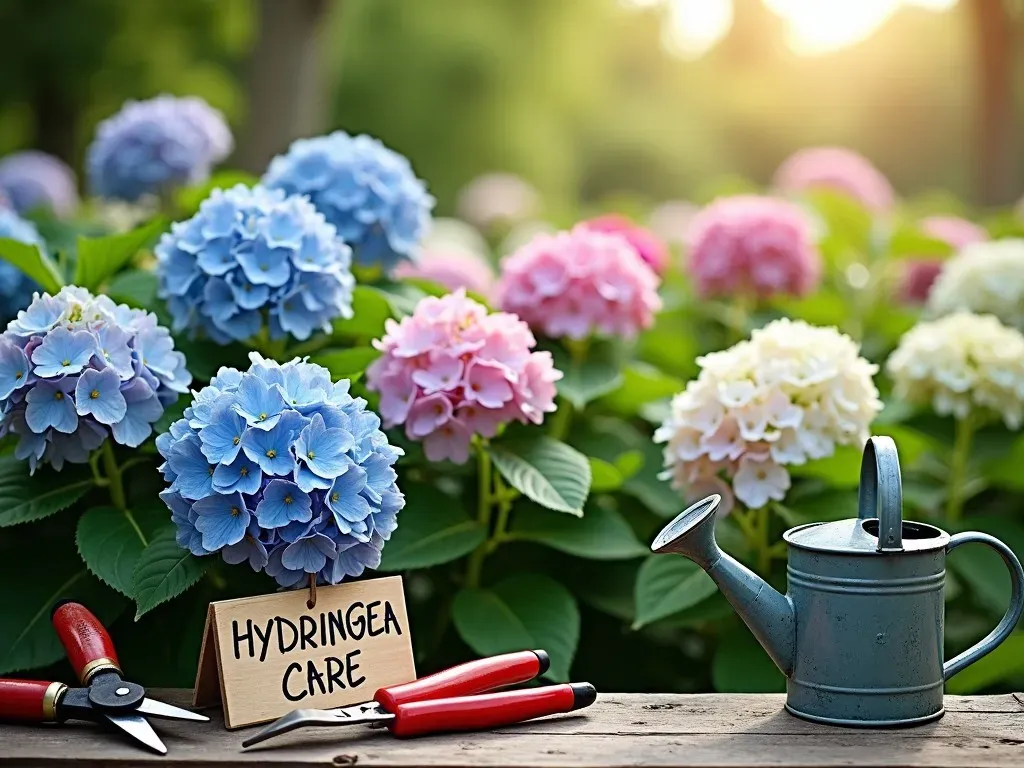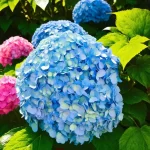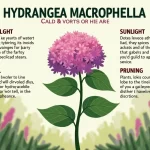French hydrangeas, also known as hydrangea-types/unlock-the-secrets-of-hydrangea-macrophylla-the-ultimate-guide-to-care-and-varieties/">hydrangea macrophylla, are beloved garden staples renowned for their stunning blooms and versatility. This article will cover everything you need to know about French Hydrangea Care, its various types, and helpful tips for cultivating these magnificent plants.
Understanding French Hydrangeas
French hydrangeas belong to the species Hydrangea macrophylla, which includes both the mophead and lacecap varieties. They are deciduous shrubs native to Asia and are quite popular due to their vibrantly colored blooms, which can range from blue and pink to purple and white, depending on the soil’s pH levels.
Color Variability: The Science Behind Their Hue
One of the most fascinating aspects of French hydrangeas is their ability to change color based on soil pH:
- Acidic Soil (pH < 6.0): Produces blue flowers.
- Neutral Soil (pH 6.0-7.0): Produces lavender flowers.
- Alkaline Soil (pH > 7.0): Produces pink flowers.
This phenomenon makes cultivating these flowers an exciting endeavor, as gardeners can influence the bloom color by adjusting the soil’s acidity.
Popular Varieties of French Hydrangea
French hydrangeas come in numerous varieties, offering unique aesthetics for any garden design. Here’s a breakdown of some notable options:
| Variety Name | Flower Type | Color Range | Height (ft) |
|---|---|---|---|
| ‘Nikko Blue’ | Mophead | Blue, Pink | 3-6 |
| ‘Endless Summer’ | Mophead | Blue, Pink | 2-3 |
| ‘Penny Mac’ | Mophead | Light Blue | 3-5 |
| ‘Lacecap’** | Lacecap | Blue, Pink, White | 3-6 |
| ‘Mathilda’ | Mophead | Pink, Purple | 3-5 |

Best Practices for French Hydrangea Care
French hydrangeas require attention and care to ensure gorgeous blooms year after year. Here’s a detailed guide to help you cultivate these beautiful flowering plants successfully.
Soil Requirements
French hydrangeas thrive best in:
- Well-draining soil: Amend heavy soils with compost or peat moss for improved drainage.
- Rich, organic matter: Incorporate organic materials into the soil for better moisture retention and nutrient availability.
Light Conditions
French hydrangeas perform well in:
- Partial shade: Ideally, they should receive morning sunlight and afternoon shade to prevent wilting and scorching.
Watering Guidelines
It is essential to maintain consistent moisture levels:
- Water regularly: Aim for a deep watering once a week, increasing frequency during hot, dry spells.
- Mulching: Apply organic mulch to retain soil moisture and regulate temperature.
Pruning Techniques
Proper pruning can significantly influence the growth and flowering of your hydrangeas:
- When to prune: Prune in late winter or early spring before new growth begins.
- How to prune: Remove dead or damaged branches and shape the plant by cutting back excess growth.
Fertilization and Nutrients
Feeding your hydrangea will ensure it gets the necessary nutrients for healthy growth:
- Fertilizer Type: Use a balanced, slow-release fertilizer with an NPK ratio of 10-10-10.
- Application Timing: Apply fertilizer in early spring and again in mid-summer for continued nourishment.
Pest and Disease Management
Being proactive about pest and disease control will keep your hydrangeas healthy:
- Common Pests: Aphids, spider mites, and scale insects can afflict hydrangeas.
- Disease Prevention: Ensure good air circulation and avoid overhead watering to mitigate fungal diseases.

Reference Video
Frequently Asked Questions (FAQ)
Can hydrangeas be grown in containers?
Yes, French hydrangeas can thrive in containers as long as they have sufficient drainage and are watered regularly. Ensure the pot is large enough to accommodate root growth.
When do French hydrangeas bloom?
Typically, French hydrangeas bloom in the summer to early fall. The blooming period can vary based on the specific variety and regional climate conditions.
How can I change the color of my French hydrangeas?
To alter the color of your hydrangeas, adjust the soil pH using specific amendments: aluminum sulfate for blue and lime for pink flowers.
Are French hydrangeas deer-resistant?
While French hydrangeas are not classified as deer-proof, their thick leaves and stems can deter deer, making them less prone to damage compared to Other garden plants.
What are the best companion plants for French hydrangeas?
Consider pairing your French hydrangeas with:
- Astilbe
- Hostas
- Ferns
- Coral bells
These plants share similar moisture and shade requirements, making them ideal neighbors in your garden.
Where can I find more information on French hydrangeas?
For more details and guidance on caring for French hydrangeas, visit Southern Living.

By following these essential tips and practices, you will undoubtedly enjoy a thriving display of French hydrangeas in your garden, impressing neighbors and visitors alike with their mesmerizing beauty!


